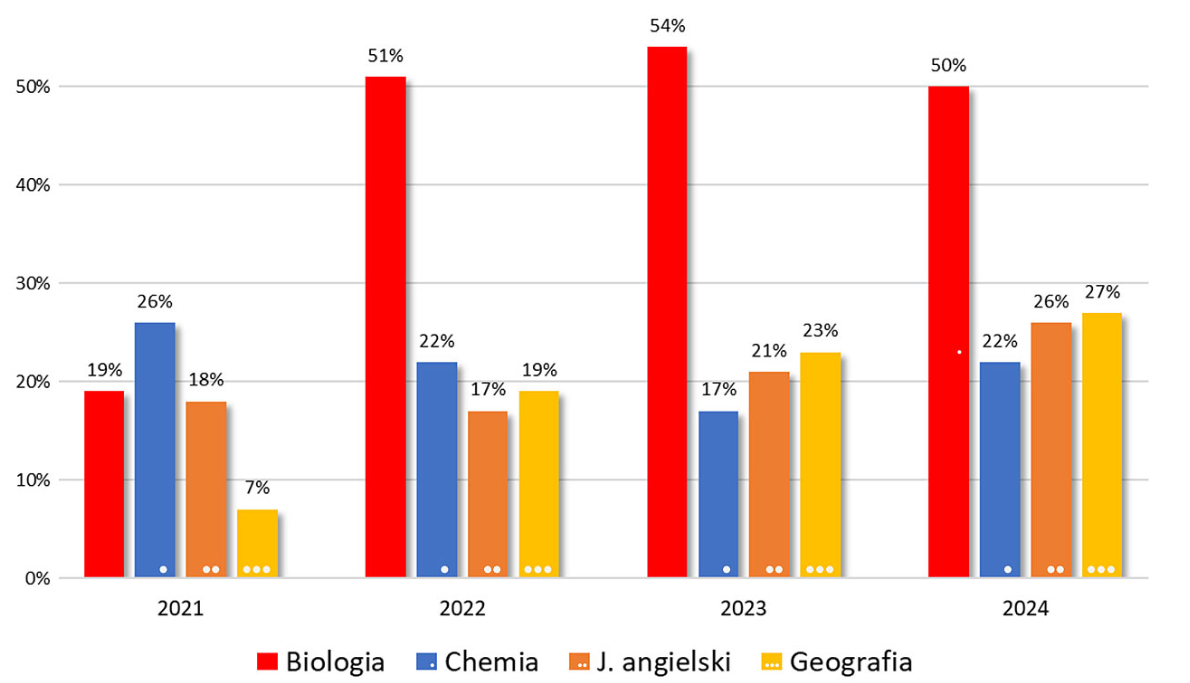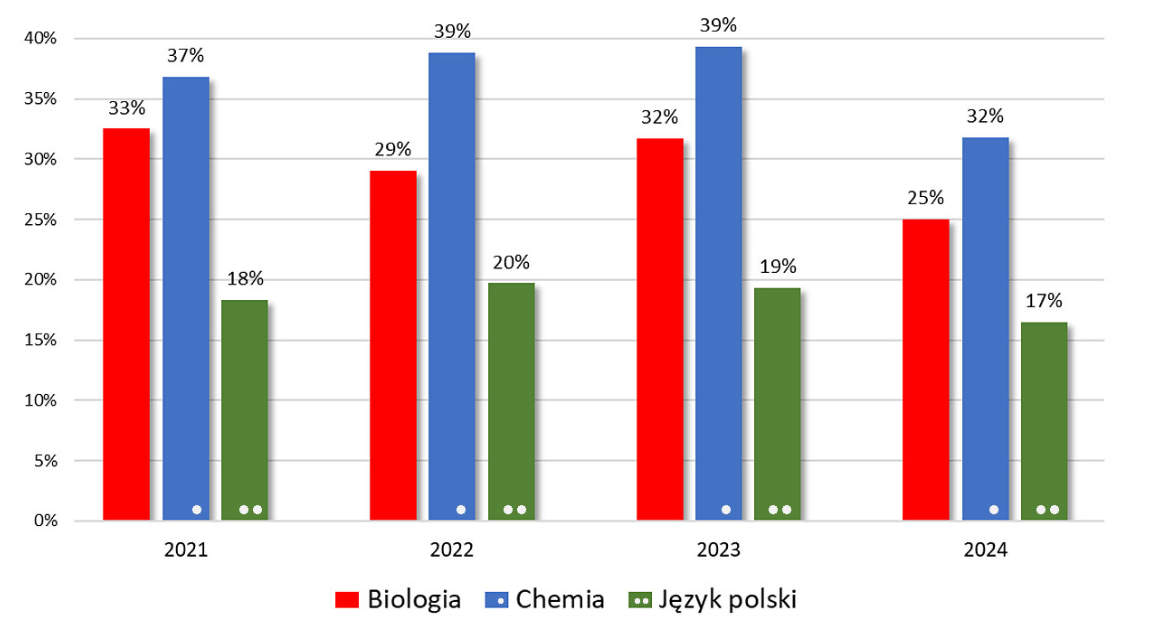The final exam grades were neither fair nor objective. The Supreme Audit Office (NIK) is cracking down on the exam grading system.

- The NIK Branch Office in Poznań conducted an ad hoc audit of the system for checking and assessing secondary school leaving examinations in 2021-2024.
- The results of the inspection are shocking - every fourth job in the country was incorrectly assessed and the secondary school leaving certificate had to be replaced.
- The situation is worst at the Regional Examination Board in Poznań, where 40% of requests for verification of the Matura exam result resulted in the result being increased and the need to change the Matura certificate.
The results of the Supreme Audit Office audit "The system of checking and assessing secondary school leaving examinations in 2021-2024" were presented on Tuesday at a press conference in Warsaw.
The Poznań Branch of the Supreme Audit Office (NIK) conducted an ad hoc audit of the system for assessing and grading secondary school leaving exams (Matura) for the years 2021-2024 . The audit included the Central Examination Board in Warsaw and the District Examination Board in Poznań, which covers the West Pomeranian, Lubusz, and Greater Poland voivodeships. The Poznań Regional Examination Board covers the largest district in the country and handles tasks affecting approximately 15% of the total number of secondary school leavers.
There were errors during the grading of the Matura exams.The audit showed that every fifth examiner at the Regional Examination Board in Poznań "made substantive errors in assessing final exam papers, and between 10% and 18% of examiners made technical errors."
"At the Regional Examination Board in Poznań , 40% of requests for verification of Matura exam results resulted in the score being raised and the need to amend the Matura certificate. Nationwide, this figure was 25% of such cases. For many Matura graduates, a lower score could mean a missed opportunity for university," we read.
Double verification of the grade of 10% of final exam papersFrom 2021 to 2024, as part of ongoing monitoring of grading quality, every tenth exam paper was re-checked by examiners (if an error was detected, the exam result was changed). Although the mechanism allowed for the identification and correction of a significant number of incorrect grades before the results were announced, this did not reduce the scale of incorrectly marked papers, which were only revealed as a result of verification at the request of the examinees.
While the adopted verification threshold allowed for the discovery and correction of at least some of the errors made by examiners before the exam results were announced, it did not reduce the scale and scope of incorrect grading. The Regional Examination Board in Poznań, after reviewing every tenth paper assessed by an examiner, found grading errors, necessitating corrections to the biology exam results in up to 54% of re-marked papers, geography in 27%, and chemistry in 26%.

Errors were discovered during the scanning of answer sheets – after the examiners had completed their work but before the results were announced. These errors included missing marks for tasks. However, some errors were not detected at this stage and were only revealed after verification at the candidate's request, resulting in a change in the result and the need to replace the certificate.
Despite this large scale of errors, nearly 98% of the surveyed examiners claimed that marking the exam papers did not pose any substantive difficulties, and 90% believed that the rules for marking the exam papers were understandable, unambiguous, and easy to interpret and apply.
Poznań is not alone. The situation nationwide is no better.Between 2021 and 2024, the number of applications for review of final exam papers nearly doubled (from 32,000 to 53,000) and for point verification (from 9,000 to 16,000). During this period, the number of exam takers decreased from 360,000 to 308,000.
As a result of the verification at the request of the candidates, it was found that every fourth paper nationwide was incorrectly assessed and it was necessary to replace the secondary school leaving certificate.
It's worth noting that the error data only covers re-marked papers, which represent approximately 1% of all papers across all subjects. This may indicate that the actual scale of unreported errors in exam results is much larger.
- explains NIK.






